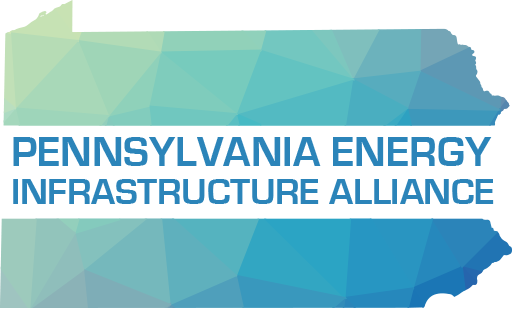The Tenaska Westmoreland Generating Station, located in southwestern PA, has been operational since December, and has not produced the negative impacts to the local community that the project’s opponents claimed. Instead, the 925-megawatt natural gas-fueled plant is providing 940,000 homes with power using natural resources from the Marcellus Shale.
Tenaska was approved for construction in April of 2015 after facing opposition from environmental groups and neighboring residents. Claiming there would be health impacts from discharges into the air and water, the Pennsylvania Clean Air Council and Against Smog and Pollution, challenged the permit. When a settlement was reached in November 2015, the plant began construction and provided 650 jobs during peak construction.
The $780 million plant is what federal energy officials are expecting from the natural gas power sector over the next 30 years. This type of plant uses a combined cycle natural gas process, which combines natural gas and steam turbines to produce power and is more efficient than traditional means. Pennsylvania already provides 29% of the state’s energy needs through natural gas and we are only second to Texas in production of natural gas. The state’s energy sector will continue to grow with another plant just like Tenaska, going online next year.
The grid connecting Tenaska’s plant is made of towers carrying power lines from the plant to a substation. The same grid coordinates the transfer of wholesale electricity in Pennsylvania, 12 other states, and Washington, DC.
Efforts to deny Pennsylvania from delivering the many great benefits possible through the natural gas industry have been counterproductive. Natural gas powered plants continue to lower energy costs for consumers and stimulate the economy.
